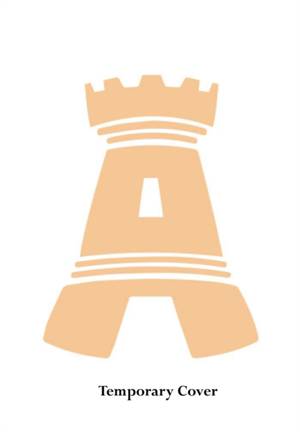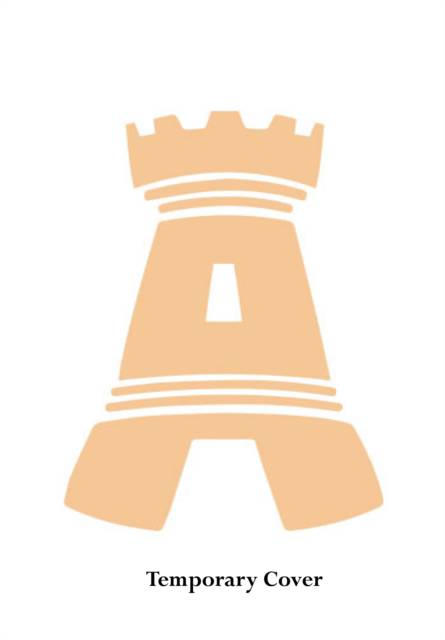
- Afhalen na 1 uur in een winkel met voorraad
- Gratis thuislevering in België vanaf € 30
- Ruim aanbod met 7 miljoen producten
- Afhalen na 1 uur in een winkel met voorraad
- Gratis thuislevering in België vanaf € 30
- Ruim aanbod met 7 miljoen producten
Zoeken
€ 22,45
+ 44 punten
Omschrijving
Although Blackpool is not an old town, it has a wealth of fascinating buildings that represent its growth from a small village on the Lancashire coast to a centre for tourism. Visitors from nearby Liverpool and Manchester came by stagecoach in the eighteenth century but when the railways were built in the 1840s large numbers of holidaymakers were transported to the town and the population grew rapidly to cater for them. The famous promenade was developed, and piers, boarding houses, hotels, theatres, public houses, churches and a tramway system were built. Blackpool boomed and added bold buildings such as the Winter Gardens and Blackpool Tower. Twentieth-century Blackpool was Britain's most popular holiday resort, not least for the Pleasure Beach, and although numbers have declined in recent years, millions still visit every year. Blackpool in 50 Buildings explores the history of this fascinating Lancashire seaside resort through a selection of its most interesting buildings and structures, showing the changes that have taken place over the years. Alongside the landmark Blackpool Tower and its Tower Ballroom and Circus, the Winter Gardens and its Opera House and Pleasure Beach, the book shows the wealth of other buildings across Blackpool that have contributed to its history, including the Town Hall, North Pier, churches, schools, pubs, clubs, cinemas, theatres, hotels and a windmill. This book will appeal to all those who live in Blackpool or who have visited it over the years.
Specificaties
Betrokkenen
- Auteur(s):
- Uitgeverij:
Inhoud
- Aantal bladzijden:
- 96
- Taal:
- Engels
- Reeks:
Eigenschappen
- Productcode (EAN):
- 9781445699387
- Verschijningsdatum:
- 15/11/2022
- Uitvoering:
- Paperback
- Formaat:
- Trade paperback (VS)
- Afmetingen:
- 165 mm x 234 mm
- Gewicht:
- 280 g

Alleen bij Standaard Boekhandel
+ 44 punten op je klantenkaart van Standaard Boekhandel
Beoordelingen
We publiceren alleen reviews die voldoen aan de voorwaarden voor reviews. Bekijk onze voorwaarden voor reviews.











